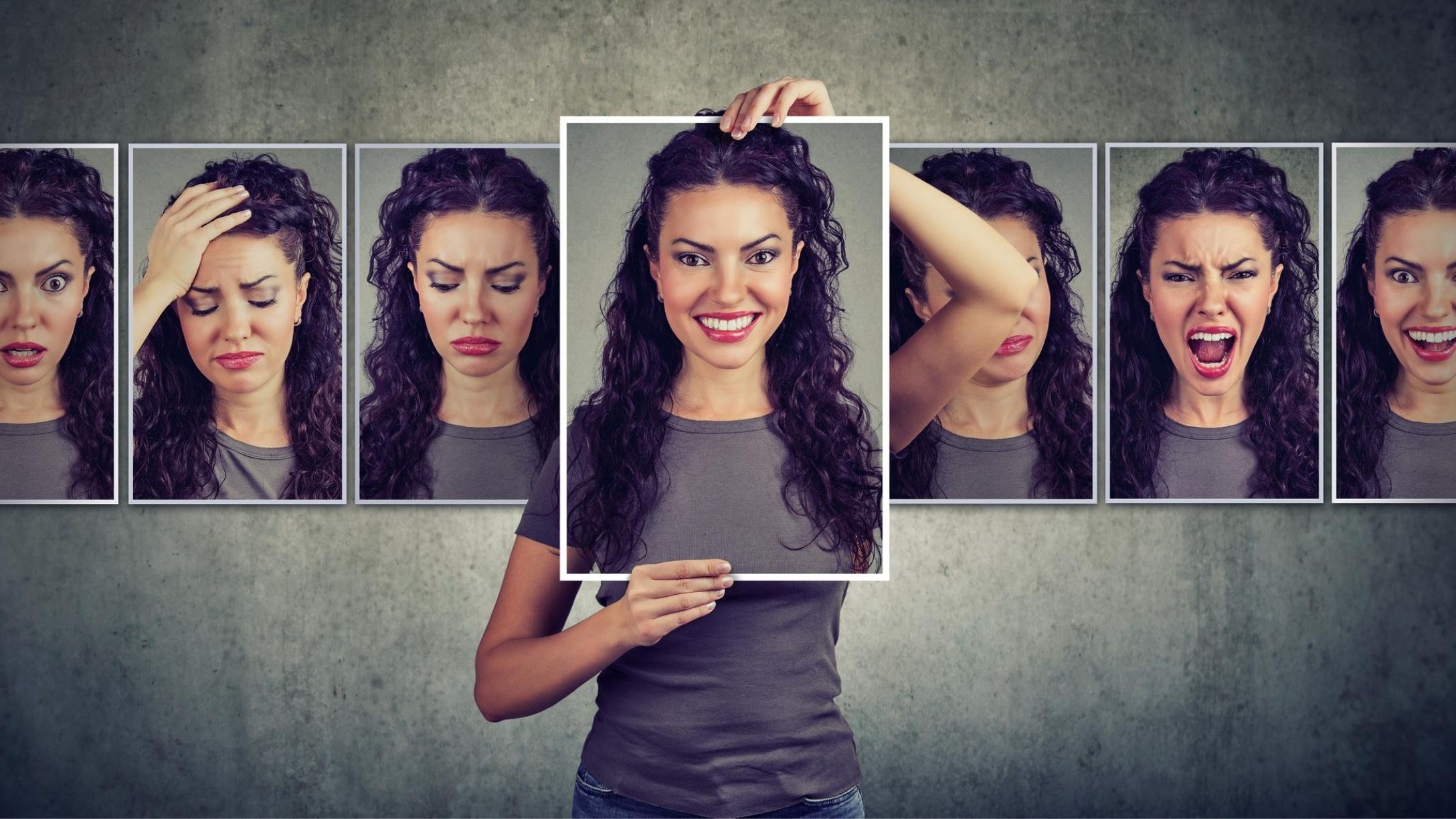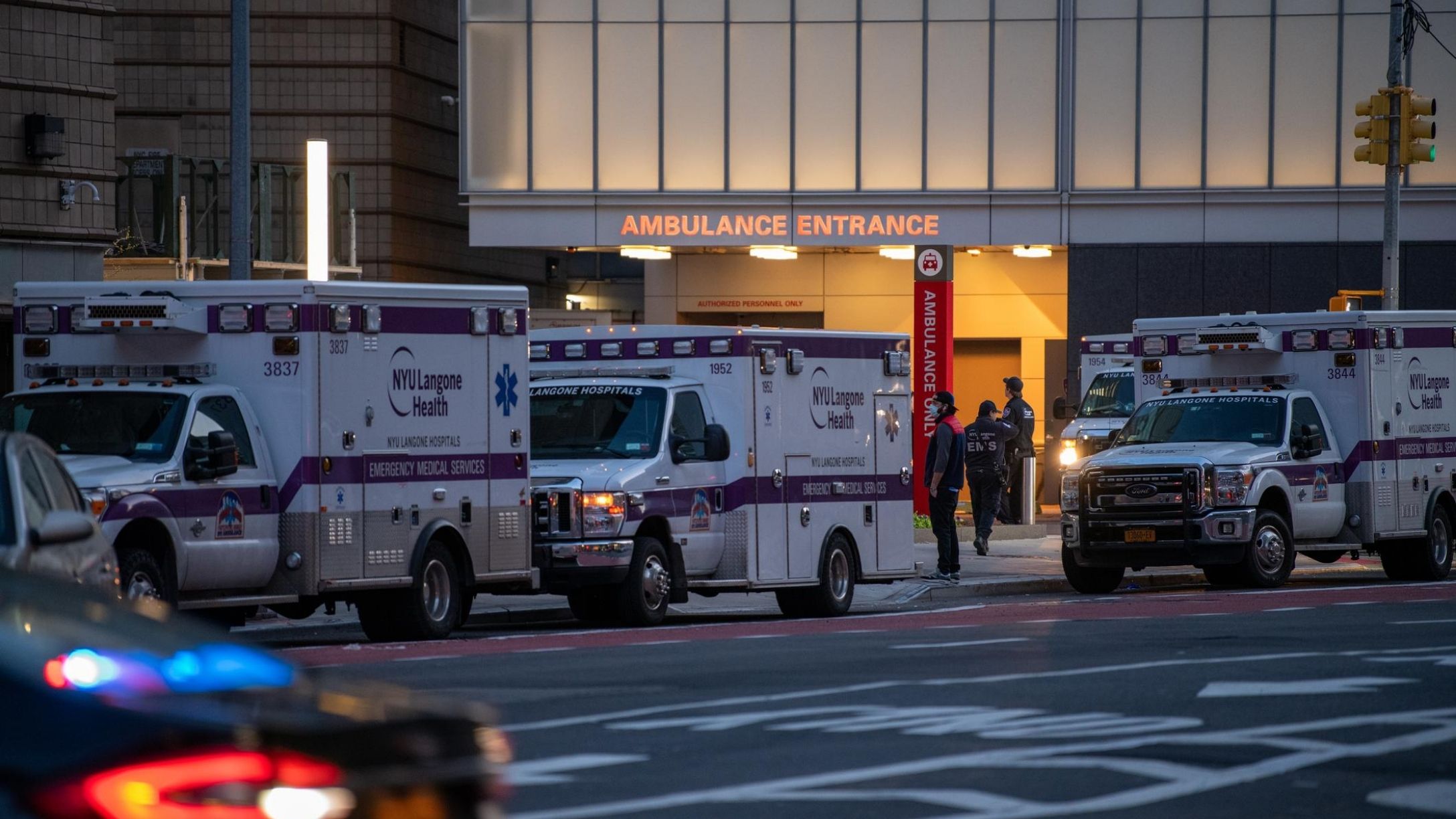
*Descargo de responsabilidad: Los consejos sobre MamásLatinas.com no sustituyen la consulta con un profesional médico o el tratamiento para una condición específica. No debes usar esta información para diagnosticar o tratar un problema de salud sin consultar a un profesional calificado. Por favor contacta a tu médico si tienes preguntas o alguna preocupación.
Many of us have heard about bipolar disorder, but few of us understand what it is and how it affects people. That celebrities like Kanye West, Selena Gómez, and Mariah Carey have it facilitates a public dialogue and helps draw attention to a mental illness that affects a greater proportion of Hispanics born in the United States than those who have emigrated from Latin America. This dialogue is important because a large proportion of Latinos do not seek professional help to deal with this type of mental disorder.
More from MamásLatinas: Warning signs of childhood depression
According to the National Alliance on Mental Illness, Latinos tend to seek professional help less often for mental illness than non-Latino whites. Also, they are more likely to be misdiagnosed. They are also 30% less likely to receive a prescription to treat the condition. Although these findings were published in 2018, there is nothing to suggest that much has changed, mainly because culturally Latino families don't talk about mental illness outside of their inner circle.
Apart from social and cultural stigmas, many Latinos in the US do not seek help due to language and cultural barriers. In addition, the cost of treatment can be a barrier for many. It is extremely important that we educate ourselves on what bipolar disorder is, what the symptoms are, and how to get help.
Disclaimer: The advice on MamasLatinas.com is not a substitute for consultation with a medical professional or treatment for a specific condition. You should not use this information to diagnose or treat a health problem without consulting a qualified professional. Please contact your health care provider with questions and concerns.
What is bipolar disorder?

Bipolar disorder is a chronic mental health condition that causes drastic variations in mood, energy, and the ability to think clearly. People with bipolar disorder experience high and low moods, known as mania and depression, respectively. Symptoms usually get worse if they are not treated by a health professional.
Bipolar disorder usually starts to show up in young adults.

The average age at which the disease appears is 25, but it can also manifest in teens or even children. Annually, 2.9% of the US population is diagnosed with bipolar disorder and about 83% of cases are classified as severe, notes the National Alliance on Mental Illness. Bipolar disorder affects men and women equally.
What are the risk factors?

The disease may occur more frequently in certain families. According to the American Psychiatric Association, 80 to 90% of people who have bipolar disorder have a relative with depression or bipolar disorder. However, factors such as extreme stress, sleep interruption, or drug and alcohol use, can trigger bipolar episodes in vulnerable individuals.
Bipolar disorder has three main classifications.

Depending on the symptoms, bipolar disorder is classified into three main types. These are: bipolar I disorder, bipolar II disorder, and cyclothymic disorder. There is also bipolar "other specified" or "unspecified," which is used to describe a person with symptoms that don't specifically fall into the three categories, but they still exhibit "clinically significant abnormal mood elevation." All can be treated, according to the American Psychiatric Association. Furthermore, it is possible for people to lead full and productive lives with treatment.
Bipolar I disorder: What is it?

"Bipolar I disorder is diagnosed when a person experiences a manic episode. During a manic episode, people with bipolar I disorder experience an extreme increase in energy and may feel on top of the world or uncomfortably irritable in mood. Some people with bipolar I disorder also experience depressive or hypomanic episodes, and most people with bipolar I disorder also have periods of neutral mood," explains the American Psychiatric Association.
Symptoms that people in a manic state may experience.

People with bipolar I disorder can experience three types of episodes. The first is known as manic, in which patients experience exaggerated joy or deep sadness for a consecutive period of one week. Medical literature explains that at least three of the following changes in behavior must occur: exaggerated self-esteem, less need for sleep, talking more than normal, speaking loudly and quickly, being easily distracted, doing many activities at the same time, scheduling more events in a day than can be accomplished, engaging in risky behavior such as reckless driving or excessive spending. It is also possible to have uncontrollable thoughts or ideas that change rapidly.
Another type of episode is known as hypomanic.

According to the American Psychiatric Association, "A hypomanic episode is characterized by less severe manic symptoms that need to last only four days in a row rather than a week. Hypomanic symptoms do not lead to the major problems in daily functioning that manic symptoms commonly cause."
The third stage is known as a depressive episode.

According to the American Psychiatric Association, a major depressive episode is a period lasting at least two weeks in which a person has at least five of the following symptoms, including one or both of the first two: intense sadness, loss of interest in previously enjoyed activities, feel worthless or guilty, have trouble sleeping, feel restless or agitated, have changes in appetite, loss of energy, fatigue, difficulty concentrating, and frequent thoughts of death or suicide.
Bipolar II disorder: What is it?

According to the American Psychiatry Association, "A diagnosis of bipolar II disorder requires someone to have at least one major depressive episode and at least one hypomanic episode." Between episodes, people go back to functioning as usual. People with bipolar II disorder usually seek treatment after their first depressive episode, which makes sense since hypomanic episodes feel good most of the time.
Characteristics of cyclothymic disorder.

“Cyclothymic disorder is a milder form of bipolar disorder involving many 'mood swings,' with hypomania and depressive symptoms that occur frequently. People with cyclothymia experience emotional ups and downs but with less severe symptoms than bipolar I or II disorder," explains the American Psychiatric Association.
Science has not yet discovered what causes bipolar disorder.

Although the cause is not known, doctors have identified genetics, stress, and brain structure factors that that manifest in patients. Hopefully, this will lead to a better understanding in the near future.
When to seek medical help.

According to MedlinePlus, people should immediately seek help from a medical professional when they experience any of the following signs: symptoms of mania; urges to hurt themselves or others; feeling hopeless, scared, or overwhelmed; seeing things that are not really there; and feeling that they cannot leave the house or are not capable of taking care of themselves.
Suicidal thoughts are common in people with bipolar disorder.

According to the Mayo Clinic, thoughts of suicide are common among people who have bipolar disorder.
Note: If you or any of your loved ones are struggling with suicidal thoughts, you can always reach out to the 988 Suicide & Crisis Lifeline by calling 988. They are available 24/7 by phone or online chat.
Certain medical conditions affect bipolar disorder.

People with bipolar disorder, according to the Mayo Clinic website, may have other conditions that need to be treated alongside the disease. These include anxiety disorders, eating disorders, attention deficit hyperactivity disorder (ADHD), drug or alcohol problems, and physical health problems, such as heart disease, thyroid problems, headaches, or obesity.
Where to look for help.

The National Institute of Mental Health recommends that people who need help should start by speaking to their doctor. You can also contact the Substance Abuse and Mental Health Services Administration (SAMHSA) at 800-662-4357 for general mental health information and to find local treatment services. The SAMHSA's website has a locator for behavioral health treatment services that lets you search for information on treatment services by address, city, or ZIP code.
NIMH advises that if someone you know is in crisis or thinking about suicide they should seek help immediately by calling a doctor or the nearest hospital emergency room. You can also call 911.

